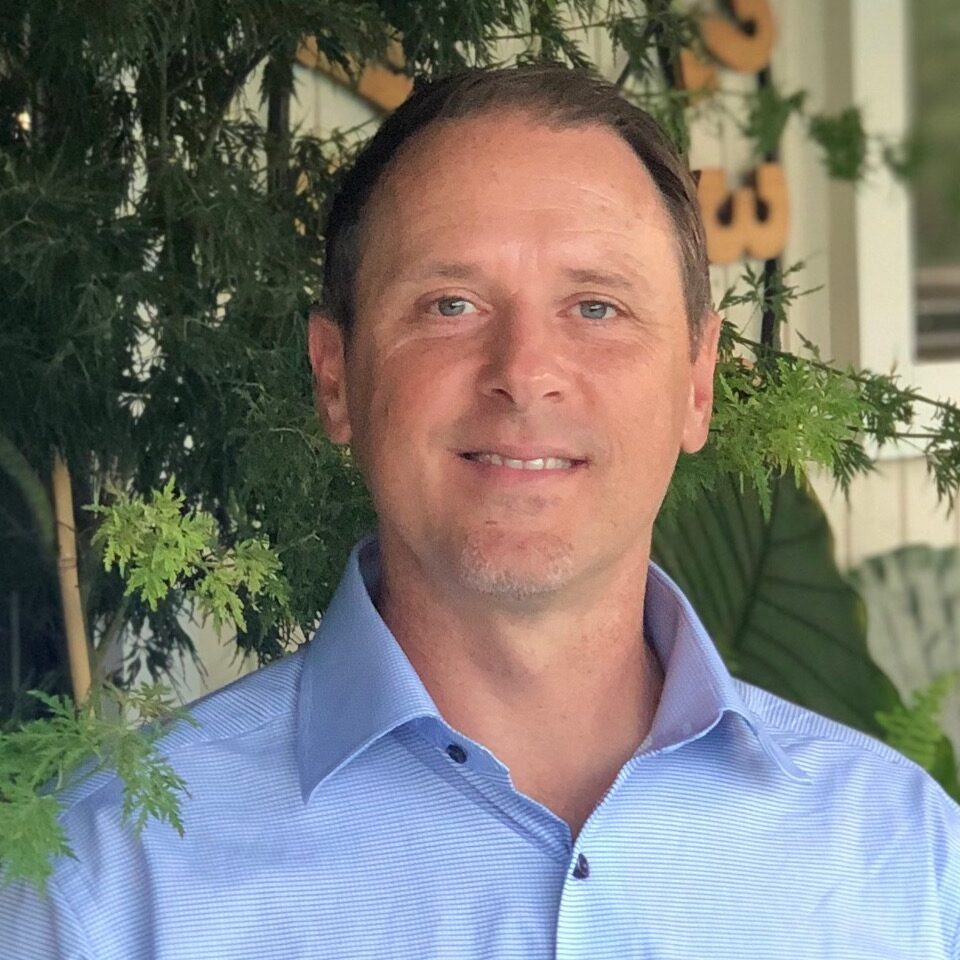The Hidden Dangers of Black Plastics

Plastic pollution is a growing concern, but one of the most overlooked threats is black plastic. You may not realize it, but black plastics are lurking in your kitchen, takeout containers, and even the oceans. They are made from recycled electronic waste, including old televisions, laptops, and cell phones—materials never intended to come into contact with food. Worse yet, they contain harmful chemicals that leach into our food, water, and bodies. At Back On Track 2 Wellness, we are taking an active approach to bring awareness to this rising issue.
What Are Black Plastics and Where Are They Found?
Black plastics are a subset of plastics that are dyed black, often to mask impurities from recycled materials. Unlike other plastics, black plastics are notoriously difficult to recycle because sorting machines in recycling facilities cannot detect the black pigments. Instead of being properly repurposed, they often end up in landfills or as pollutants in the environment.
These plastics are commonly found in:
- Takeout containers and microwaveable trays
- Cooking utensils like spatulas and spoons
- Disposable forks and spoons
- Food storage containers
- Coffee cup lids
- Packaging materials
- Electronic casings and automotive parts
Because of their widespread use, black plastics have become a serious environmental and health hazard.¹
ARTICLE CONTINUES BELOW
Schedule Your Telehealth Consultation
We would love to sit down with you and chat about your experiences and current health complaints.
The Toxic Truth: Black Plastics Contain Dangerous Chemicals
One of the most concerning aspects of black plastics is how they are made. They often contain high levels of hazardous substances, including:
- Brominated flame retardants (BFRs) – Chemicals originally used in electronics to prevent fires, but linked to hormone disruption and neurotoxicity.
- Heavy metals like lead, cadmium, and mercury – These toxic elements accumulate in the body and can cause long-term health issues, including neurological damage.
- Bisphenol A (BPA) and Phthalates – Known endocrine disruptors that interfere with hormone function and have been linked to reproductive issues, obesity, and cancer.
Because these chemicals do not break down easily, they persist in the environment and accumulate in the food chain. Every time you store or heat food in black plastic, you may be exposing yourself to these toxins.²
Heat and Black Plastics: A Recipe for Toxic Exposure
Research shows that heat accelerates the leaching of chemicals from black plastics into food and beverages. Studies have demonstrated that:
- Hot foods stored in black plastic containers absorb these chemicals at a much higher rate.
- Microwaving food in black plastic trays releases toxins into the food.
- Even room-temperature storage can lead to slow chemical migration into food over time.
This exposure adds up, and over time, these chemicals can accumulate in the body, leading to serious health consequences.³
Black Plastics and Microplastics: A Hidden Health Crisis
Microplastics—tiny plastic particles—are now being found in human organs, including the lungs, liver, and even the brain. Black plastics are a significant contributor to this crisis, as they degrade into microplastics over time.
Microplastics have been linked to:
- Chronic neuroinflammation – A major driver of neurodegenerative diseases like Alzheimer’s and Parkinson’s.
- Endocrine disruption – Interfering with hormones, which regulate metabolism, growth, and reproductive health.
- Immune system suppression – Microplastics have been found to trigger inflammatory responses that weaken the body’s ability to fight infections.
- Cardiovascular risks – Research suggests that microplastics can contribute to heart disease by promoting inflammation and oxidative stress.
Black Plastics Are Everywhere: Not Just in Your Kitchen
While black plastics are commonly found in food packaging and utensils, they have also infiltrated our environment in ways we rarely think about:
- Soil and water contamination – Rainwater runoff carries plastic waste into rivers, lakes, and oceans, where it breaks down into microplastics that pollute drinking water and farmland.
- Seafood contamination – Shellfish and other marine animals filter microplastics from the ocean, which means when you eat seafood, you’re likely consuming microplastics as well.
- Household dust – Black plastic particles from consumer products break down and become airborne, contaminating indoor air.
The pervasiveness of black plastics means avoiding them completely is nearly impossible—but reducing your exposure is within your control.
How to Protect Yourself from Black Plastics
Although black plastics are hard to eliminate from the environment, there are steps you can take to minimize your exposure and protect your health:
-
Avoid Black Plastic Takeout Containers
- Choose paper-based or glass packaging when ordering takeout.
- Bring your own reusable container when possible.
-
Stop Microwaving Food in Plastic Containers
- Use glass, ceramic, or stainless steel instead.
- Transfer food out of plastic containers before reheating.
-
Replace Black Plastic Kitchenware
- Opt for wooden, bamboo, or stainless steel utensils instead of black plastic cooking tools.
- Use glass or stainless steel food storage containers rather than plastic ones.
-
Filter Your Drinking Water
- Install a high-quality water filter that removes microplastics and heavy metals.
- Avoid bottled water, as plastic particles have been found in most brands.
-
Reduce Seafood Consumption, Especially Shellfish
- Choose sustainably caught fish that are lower on the food chain, such as sardines and anchovies, which accumulate fewer microplastics than larger fish.
-
Read Labels and Buy Safer Products
- Look for BPA-free, phthalate-free, and non-toxic certifications when purchasing plastic products.
- Choose brands committed to using non-toxic, food-safe materials.
-
Advocate for Change
- Support policies and companies that promote plastic-free packaging and safer alternatives.
- Spread awareness about the dangers of black plastics and encourage others to make safer choices.
Final Thoughts: The Future Without Black Plastics
The widespread use of black plastics presents a silent but significant threat to both human health and the environment. As consumers, we have the power to make choices that reduce our exposure and demand safer alternatives. By being mindful of what we eat, drink, and store our food in, we can take meaningful steps toward protecting our health and minimizing our plastic footprint.
While avoiding all plastics may be unrealistic, small changes in daily habits—like using glass containers, avoiding black plastic utensils, and filtering drinking water—can collectively make a big difference. The more we educate ourselves and others, the closer we move toward a healthier, toxin-free future.
Schedule Your Telehealth Consultation
We would love to sit down with you and chat about your experiences and current health complaints.
The information on this website has not been evaluated by the Food & Drug Administration or any other medical body. We do not aim to diagnose, treat, cure or prevent any illness or disease. Information is shared for educational purposes only. You must consult your doctor before acting on any content on this website, especially if you are pregnant, nursing, taking medication, or have a medical condition.

By Dr. Todd W. Bunning
Dr. Todd W. Bunning’s Chiropractic and Functional Medicine services reach far beyond the local Roseville area, with webcam consultations available for patients in any location. With over 21+ years of Private Practice experience, Dr. Todd continues to focus on the individual: science-based methods to address whole-body health factors.
Dr. Todd’s education didn’t stop when he graduated from Life West Chiropractic College in 2003. Today, he’s continuing to receive training and is chipping away on numerous post-graduate degree programs. This unique blend of clinical health investigation and Lifestyle Medicine application helps people of all ages find the underlying factors that result in chronic disease.